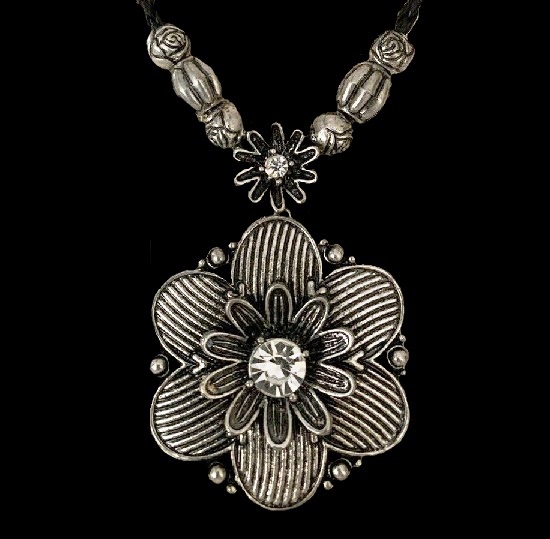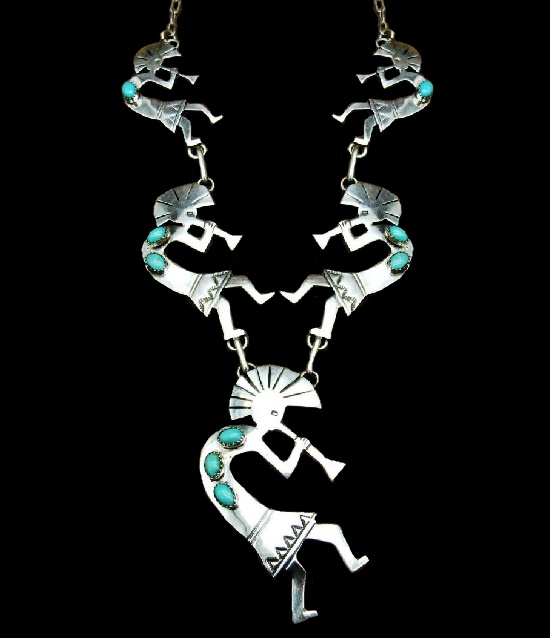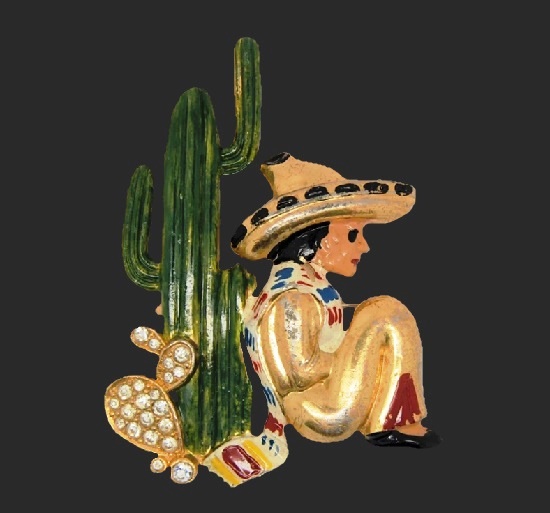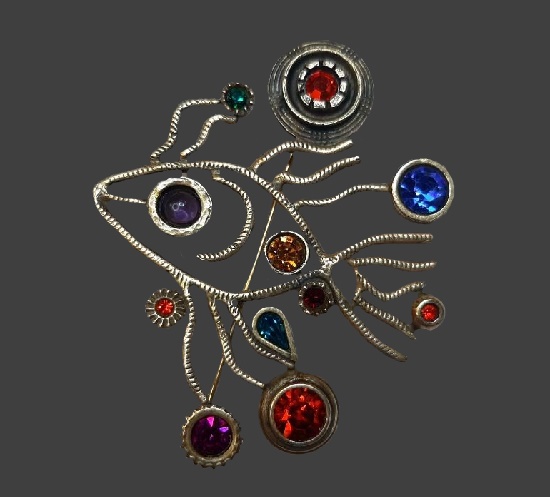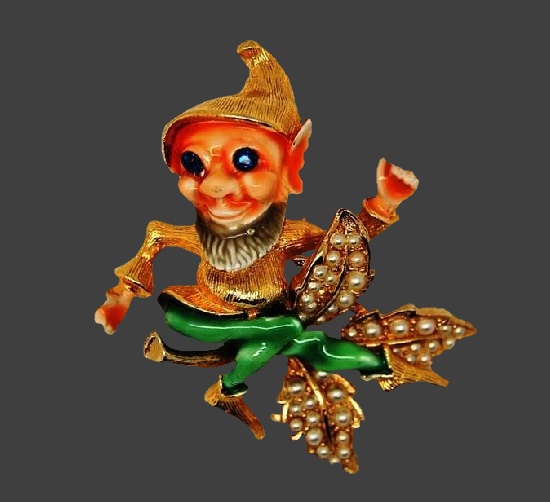Bijou Brigitte vintage costume jewelry
Bijou Brigitte vintage costume jewelry
The history of Bijou Brigitte’s costume jewelry brand began on July 8, 1963 in Hamburg, Germany, when 23-year-old Friedrich-Wilhelm Werner designed his first jewelry. Later, his wife Brigitte also made jewelry, helping to grow the family business. It was her name that Frederick included in the name of his company, registered in 1971. Initially, Bijou Brigitte modische Accessoires AG was engaged in the import and trade of fashion jewelry.
Today, the number of brand stores located in Europe has reached more than a thousand. The German quality of products and the French chic of durable and elegant jewelry made the Bijou Brigitte brand popular. It is noteworthy that the trademark Bijou Brigitte (general manager Bettina Diek) registered in the United States in 2006 ceased to exist in 2015.
Along with traditional materials – alloys of metal, pewter, silver and gold, the company’s craftsmen used ceramics, feathers, tassels and leather. The design of brooches, necklaces, bracelets and earrings is most often floral and geometric, made in a variety of styles – from ethnic and fashionable to vintage and boho.
One of Europe’s leading jewelry brands, Bijou Brigitte also manufactures accessories – glasses, scarves, belts, watches and bags for women, men and children.
Read more »
